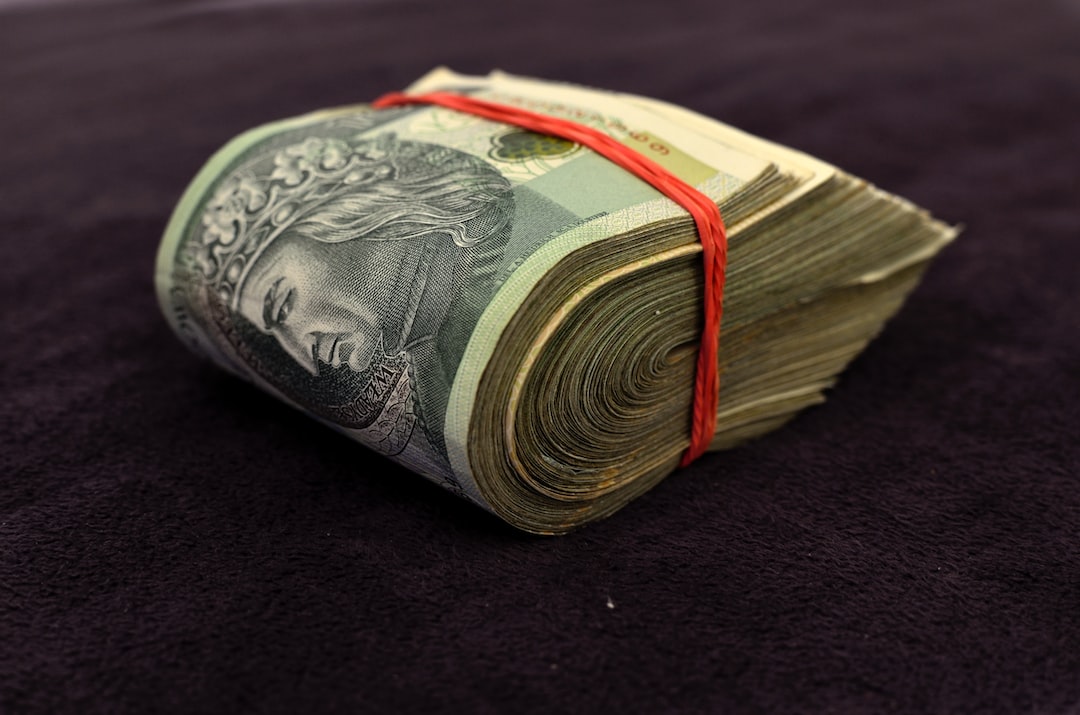Forex, also known as foreign exchange, is a decentralized market where currencies are traded. The market is open 24 hours a day, five days a week, which means that trading occurs continuously throughout the day and night. However, there are times when the forex market stops or slows down significantly. In this article, we will explore when forex stops and the reasons behind it.
1. Weekend Breaks
The forex market operates from Sunday 5 pm EST to Friday 5 pm EST. This means that the market is closed on weekends. The market closes on Friday 5 pm EST and reopens on Sunday 5 pm EST. During this time, traders cannot execute trades as the market is closed. However, traders can still monitor their open positions and adjust their stop-loss and take-profit levels.
2. Public Holidays
Forex market holidays vary from country to country, and traders need to be aware of these holidays to plan their trading accordingly. On public holidays, the forex market is closed, and traders cannot execute trades. The most significant holidays that affect the forex market are Christmas Day, New Year’s Day, and Easter Monday.
3. Low Liquidity
Liquidity refers to the level of trading activity in the forex market. When liquidity is high, there are more buyers and sellers, and it is easier to execute trades at the desired price. However, during periods of low liquidity, trading activity slows down, and it may be challenging to execute trades at the desired price. Low liquidity periods usually occur during major holidays or when economic data is released. During these times, traders may experience slippage, where the price they receive for their trade is different from the price they expected.
4. Trading Sessions
The forex market is divided into three trading sessions: the Asian session, the European session, and the US session. Each session has its own characteristics and trading activity. The Asian session starts at 9 pm EST and ends at 6 am EST. The European session starts at 2 am EST and ends at 11 am EST, while the US session starts at 8 am EST and ends at 5 pm EST. During each session, trading activity is highest in the region where the session is happening. For example, during the European session, trading activity is highest in Europe, while during the US session, trading activity is highest in the US.
5. Market Volatility
Market volatility refers to the degree of price change in a currency pair over a given period. High volatility means that prices are changing rapidly, while low volatility means that prices are relatively stable. Market volatility can be affected by various factors, such as economic data releases, political events, and natural disasters. During periods of high volatility, traders may find it challenging to execute trades at the desired price as prices can change rapidly.
In conclusion, the forex market operates 24 hours a day, five days a week, but there are times when the market stops or slows down significantly. These times include weekends, public holidays, low liquidity periods, trading sessions, and periods of high volatility. Traders need to be aware of these times to plan their trading activities and manage their open positions effectively. By understanding when forex stops, traders can avoid unnecessary losses and maximize their trading opportunities.






